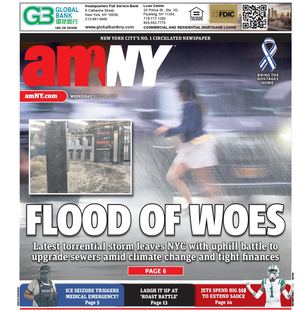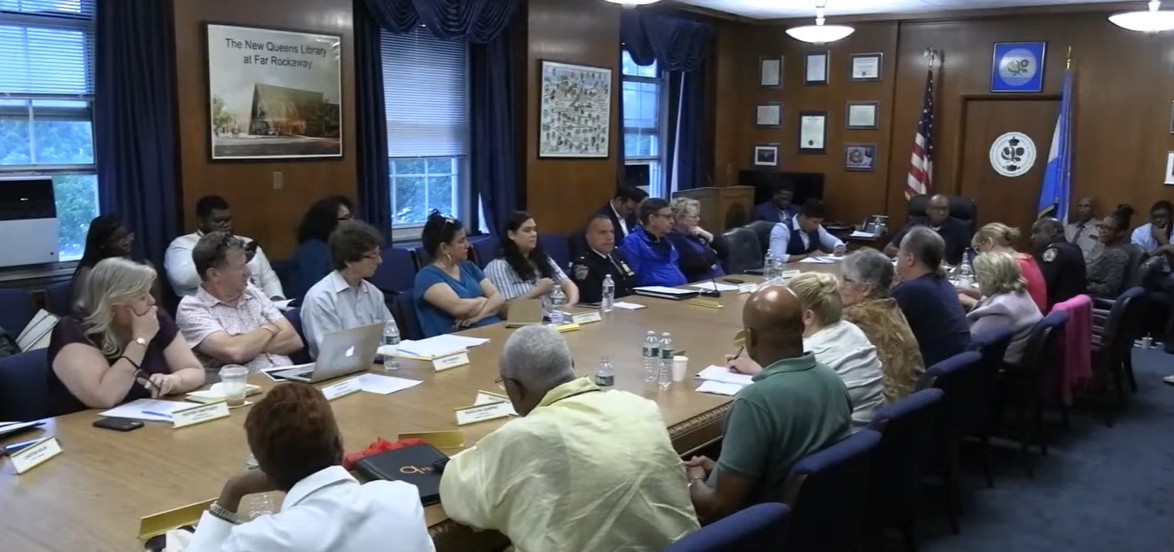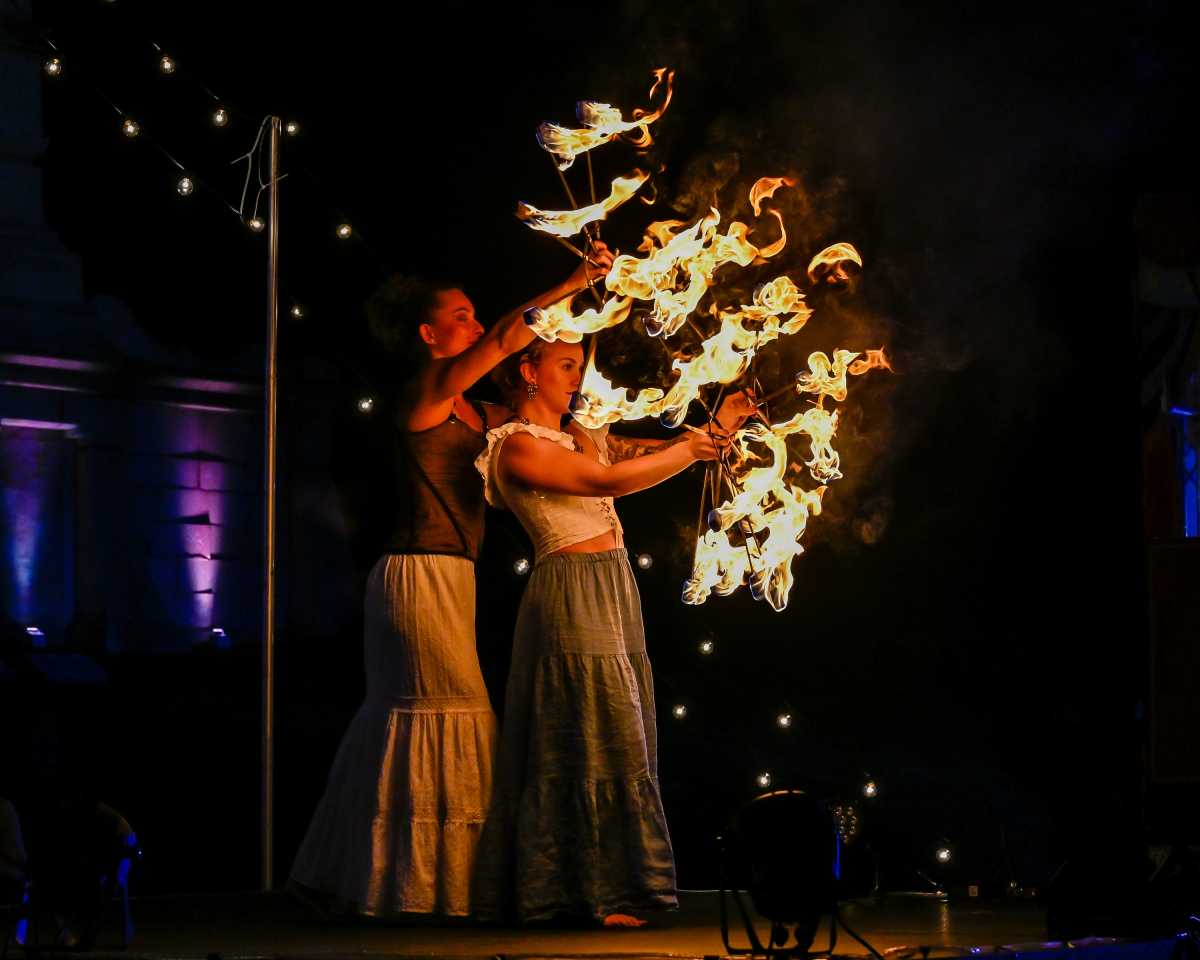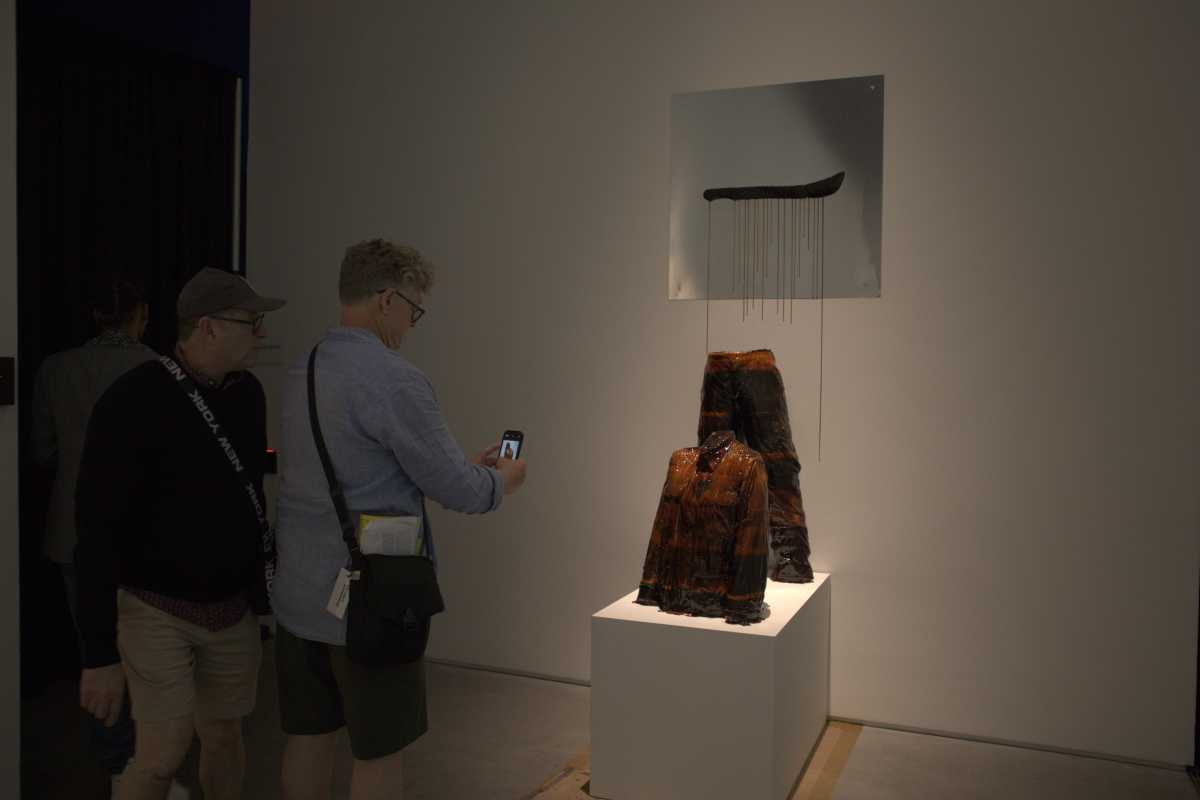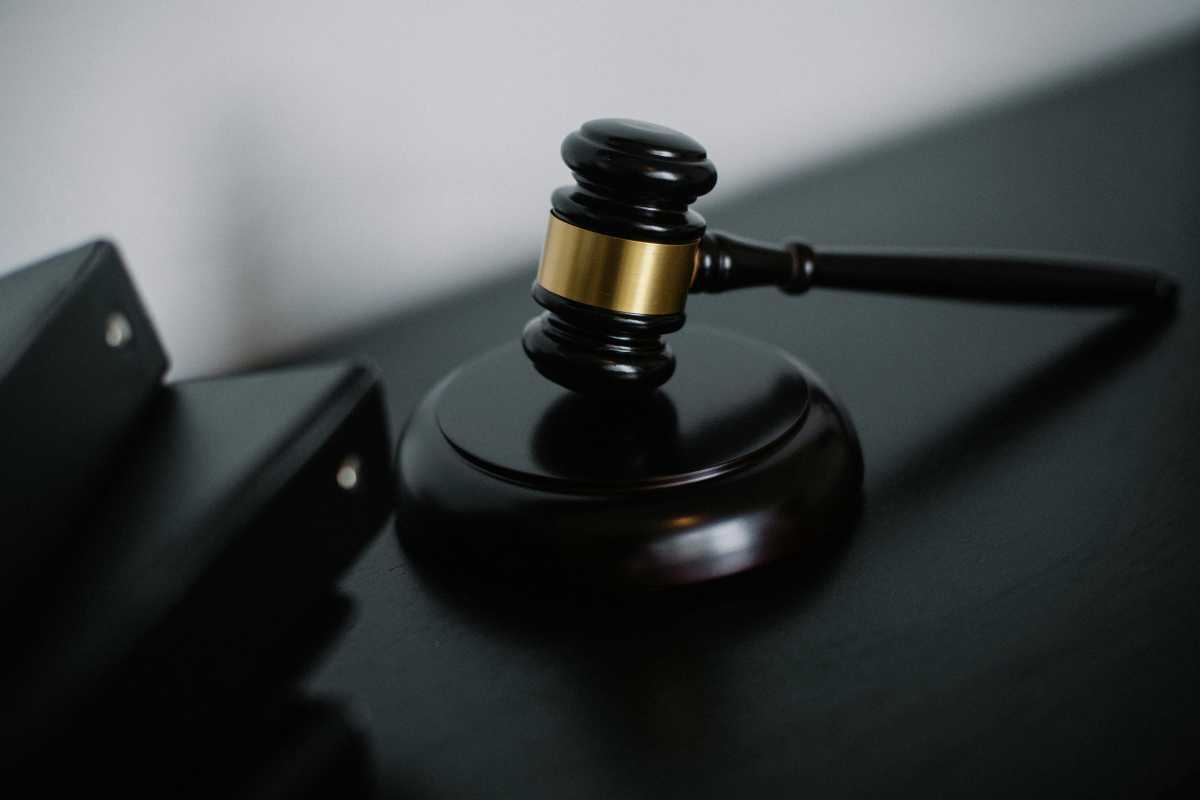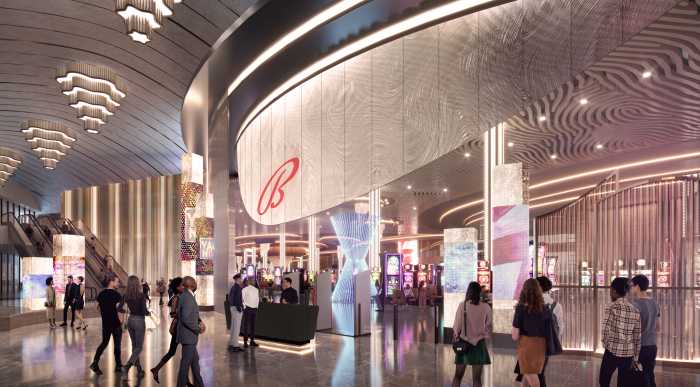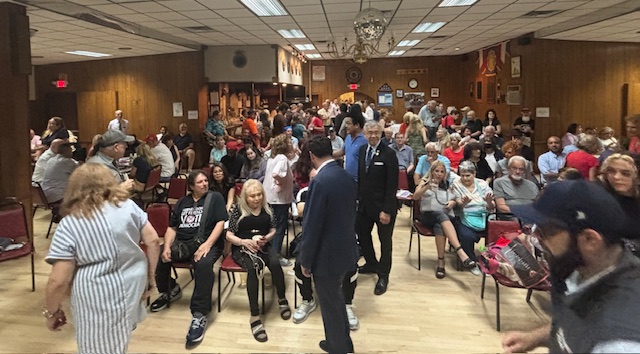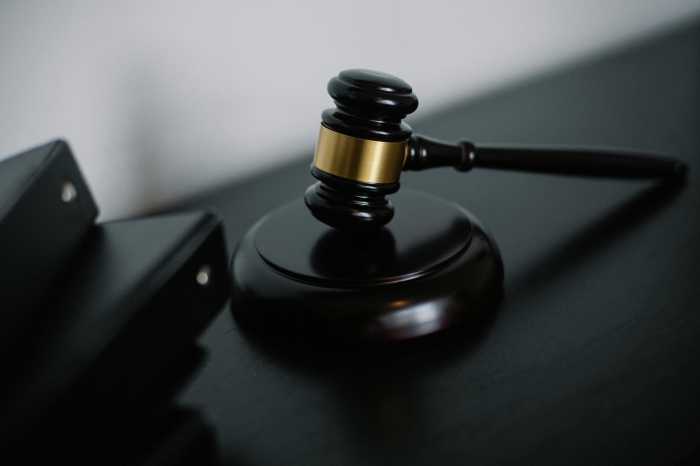By Julie Shapiro
The Hall of Heroes at the New York City Police Museum is a bare white room, with little ornamentation beside the rows upon rows of shining badges on the walls. The badges once belonged to the 757 police officers that have been killed in the line of duty since the N.Y.P.D. formed in 1845.
“It’s adequate in some ways,” said Manche Mitchell, an associate with the architects Perkins+Will. “But I don’t think it acts as a memorial or affects you emotionally.”
Perkins+Will worked pro-bono to design a new Hall of Heroes for the Police Museum, and the museum launched a $1.5 million fundraising campaign for the hall earlier this month.
Julie Bose, executive director of the museum, hopes to open the new Hall of Heroes sometime next year.
“If I do nothing else while I’m here, this project is most important,” Bose said. “We wanted to have a fitting tribute to the men and women of the N.Y.P.D. who have made the ultimate sacrifice.”
The new Hall of Heroes will stay in the same 1,100-square-foot space on the third floor of the museum, but the changes will render the space virtually unrecognizable.
Slabs of rough-hewn Jerusalem stone will span from floor to ceiling, with softly lit niches carved out to house the badges and the police officers’ names. With an eye toward keeping the project green, the floor and ceiling will be made of bamboo, Bose said.
Mitchell said the goal was to “build something sacred, like a mausoleum.” The architects wanted to convey solemnity and permanence, he said, but also hope. A kiosk sponsored by American Express will allow visitors to type in the fallen officers’ badge numbers and learn about their lives. And a display of photos, termed the “Wall of Life,” will show the officers with their families.
Architects from Perkins+Will donated over 750 hours to the project in the past year and a half, the firm said.
The museum began raising money for the new Hall of Heroes at an event June 4, which also honored three community leaders: Assembly Speaker Sheldon Silver, Century 21 C.E.O. Raymond Gindi and Deputy Inspector Anthony Bologna, the First Precinct’s commanding officer. Former city police commissioner Howard Safir and his wife Carol Safir, the museum’s president, also attended.
This year, the Police Museum is celebrating the 100th anniversary of its building on Old Slip overlooking the East River. The stone structure was built in 1909 to house the first First Precinct, back when police officers lived together in the station house. The steps that visitors use to enter the building today are the same ones officers used in the early 20th century as they left to roam their beats, Bose said. In 1973, the First Precinct moved to its current headquarters on Ericsson Pl., she said.
Before work on the Hall of Heroes can start, the Police Museum has to undergo over $4 million in capital improvements, including a new roof. The museum has already raised that money.
As Bose gave a tour of the current Hall of Heroes June 4, she noted that the collection of badges in the hall grows each year, a fact the architects had to consider when designing it. The architects allowed room for a total of 970 badges, an extra 213 beyond what is needed now.
“I don’t like to think about that,” Bose said.
Julie@DowntownExpress.com
